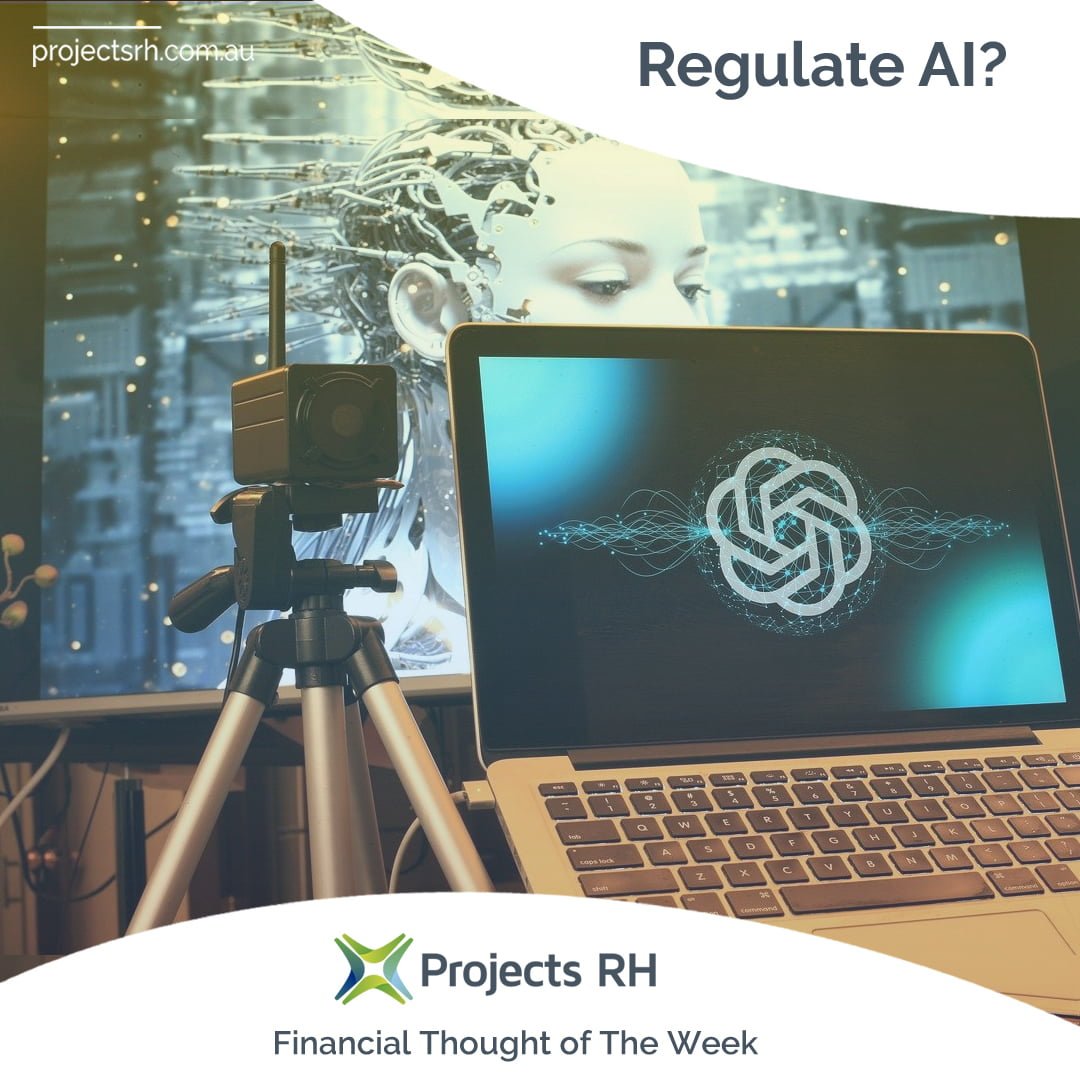At Projects RH when we work with our clients, we look at building a single point of truth for where we believe they will be and why investors should look at an investment. Our first step is to build a five-year (60 month) spreadsheet of how the business works.
60 columns to make or break your project
We generally find that our clients have very complicated financial models which reflect how they see their business evolving and why they need the money. Many of these models are very complex going into levels of detail which may be helpful in managing the business but run the risk of confusing a potential investor or their analyst.
Only today, one of our analysts who was building a model in our format reported that a client had accidentally hard coded a link to a wrong cell which resulted in them achieving an IRR of over 100% when in reality it was a very respectable 45%+.
Put yourself in the investor´s shoes
Projects RH has recently been mandated to assist a European group that will build a plant in Central America. They have entrusted us to prepare suitable marketing materials on behalf of the board, so that they can engage investment marketers.
Our European clients have presented us with a bankable feasibility study which they have prepared from an engineering perspective. Naturally, this study included a financial model with exact rates for labor for 500 positions within the organization.
They were concerned when I stated that I did not wish to include this table as part of the financial model. They were equally surprised when I told them I planned to condense it into four lines. While labor is an important part of the equation in conducting their business, it is nowhere near as important as setting the right purchasing price of raw materials and the selling price of the finished product.
What is important is for the model to be prepared from an investor’s perspective. It needs to be comprehensive and include all the material assumptions to be considered valuable.
Staying on top is essential
As projects become increasingly complex, staying on top of the latest financial trends is essential for success. One trend that has been gaining traction is the importance of a 60-month financial model. Such a model helps to determine the project’s cash flow, resource requirements, and other key elements so that long-term investments can be made with confidence.
Investors are again relying on the fundamentals to make their investment decisions. These fundamentals require that a business provides them with a single point of truth, which is a financial model. Most investors, at least their analysts, can read balance sheets and profit and loss accounts. It is not that we provide them with a 60-column worksheet which sits within the information memorandum, but rather we have that available should they wish to receive it. We give them an extract of both the forecast balance sheet and forecast profit and loss. The analysis provided in the information memorandum supports the interpretation that the business should be able to achieve what is forecast.
Investors know that business plans and full-cost models are necessary. In their minds, we can be assured that they discount our numbers, but it does provide them with a process of understanding the company’s intentions and how it arrived at its value. When working with investment opportunities, investors are concerned about the pre- and post-money value of the company, but more importantly, they want to understand their forecasted financial return. We are certain that investors and their analysts further discount what they receive for what is probably best described as a systematic bias since boards and their advisors are naturally bullish about the opportunity they are presenting.
In modeling, it is important that our models are fit for purpose in all material matters. A model created for the operation of a business may not be appropriate for financial analysis. Investors usually seek models prepared based on generally accepted accounting principles (GAAP). Our models require capitalization of some investments and appreciation, but investors are usually focused on what drives the earnings before interest tax depreciation and amortization (EBITDA) line.
Is also important to understand that the more complicated a model is made, the more likely there are to be undetected errors and hard coded numbers. We are very fortunate at Projects RH our team see many models and are generally able to detect coding errors and irregularities.
The models are commissioned by boards for the single purpose of raising capital. They enable the boards to extract relevant information from the models to include in their information memoranda and pitch decks.
The Process Matters
Globally, we are witnessing investors become more process oriented as I undertake the analysis of potential investment opportunities. Our clients are repeatedly asked to justify their valuations with other parties scrutinizing the inputs to the accounts. Given the current global economic outlook and the ever-growing investment opportunities on a global basis, we are not expecting a return to the questionable analysis methods we saw during COVID-19. Investments were made on the basis of multiples of expected EBITDA and were not being substantiated.
By Paul Raftery – CEO, Projects RH, based in Sydney
I’d love to hear from you on this important topic!
www.paul.raftery@projectsrh.com




